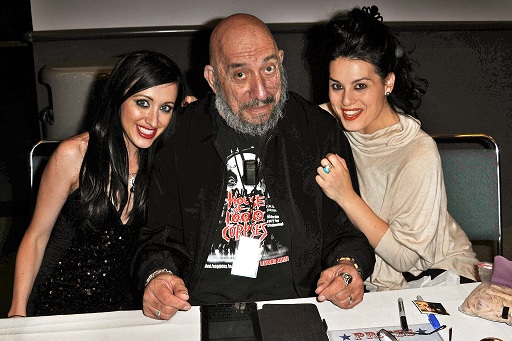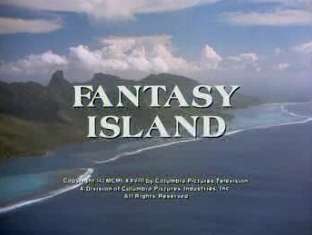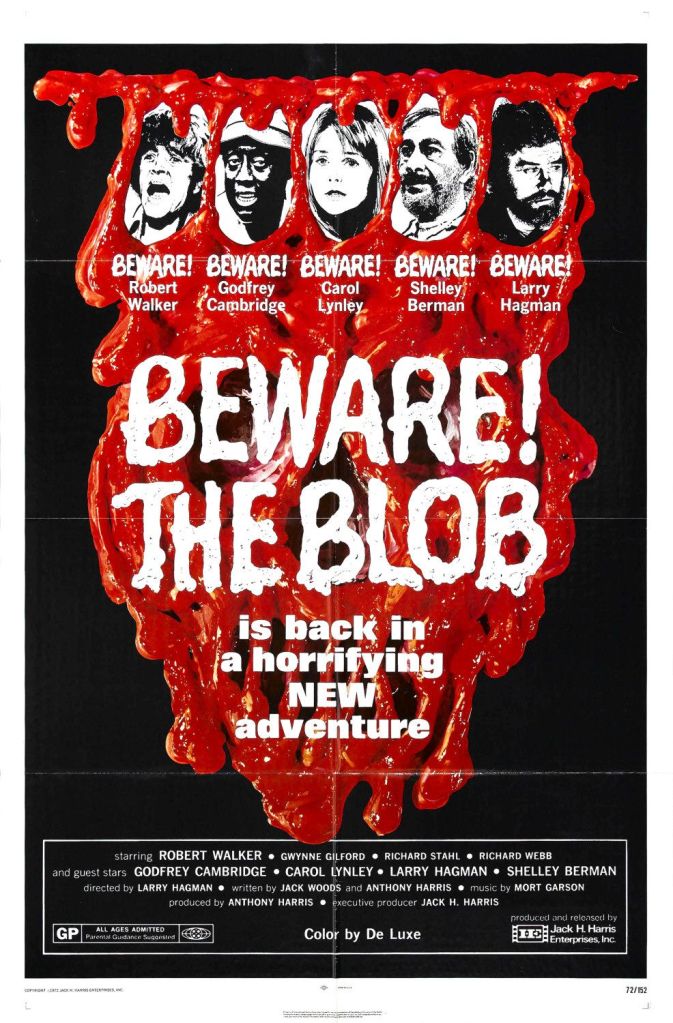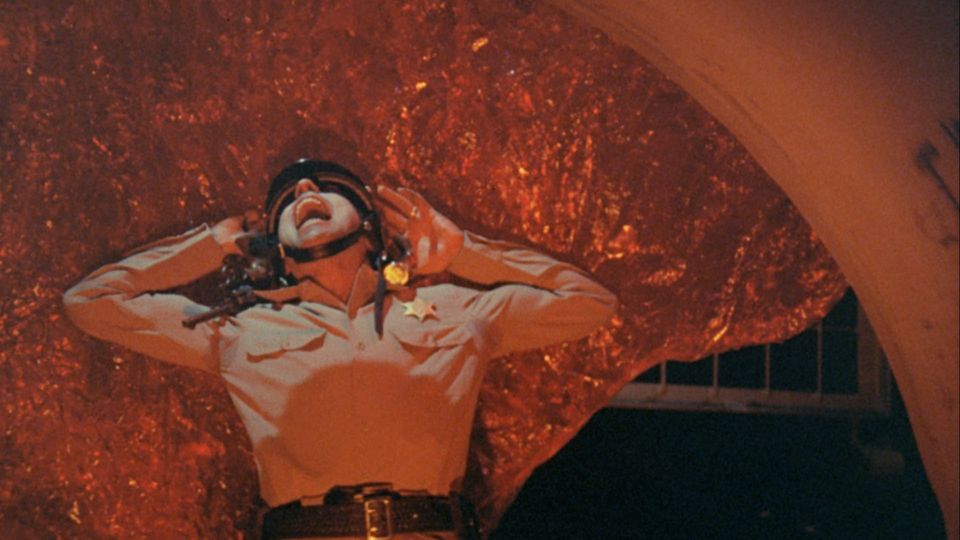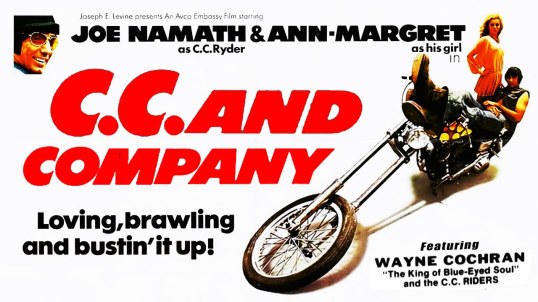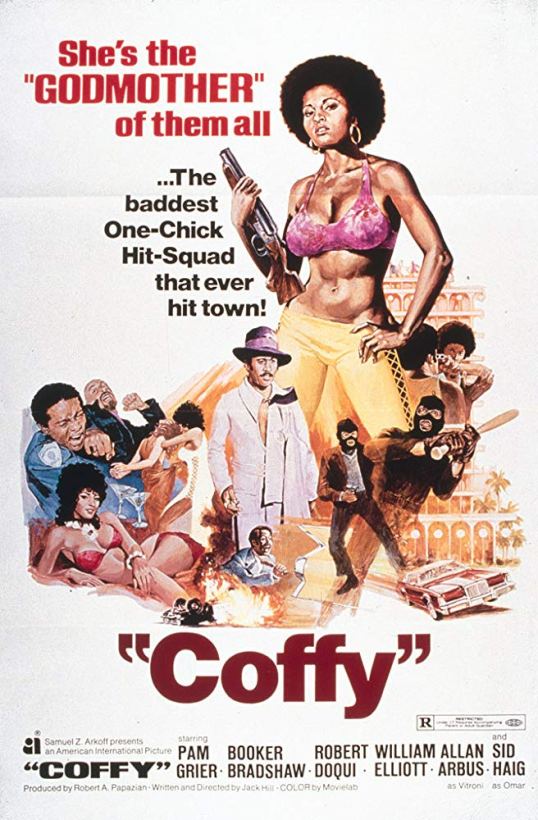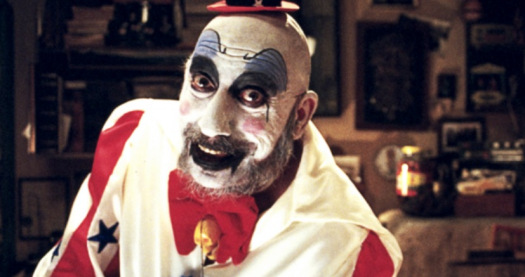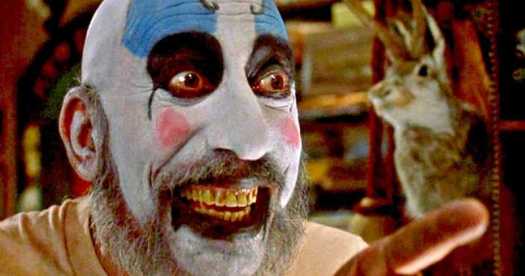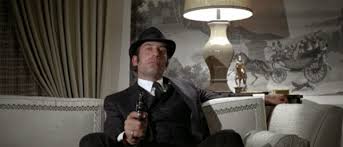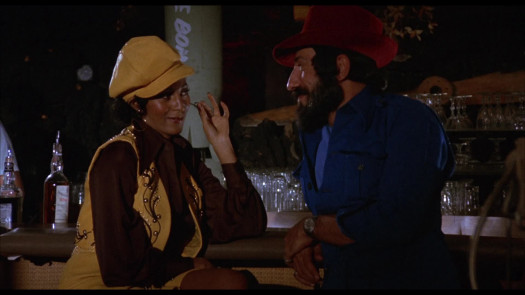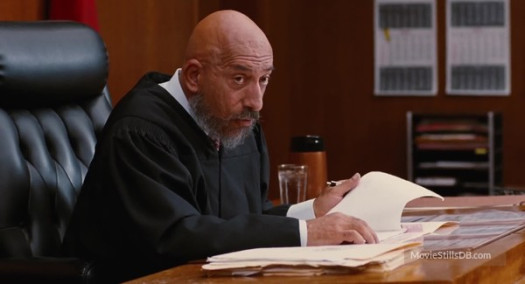Welcome to Retro Television Reviews, a feature where we review some of our favorite and least favorite shows of the past! On Tuesdays, I will be reviewing the original Fantasy Island, which ran on ABC from 1977 to 1986. Almost the entire show is currently streaming is on Youtube, Daily Motion, and a few other sites.
Smiles, everyone, smiles!
Episode 4.9 “Sanctuary/My Late Lover”
(Dir by Leslie H. Martinson, originally aired on January 3rd, 1981)
This week brings us two fantasies, neither one of which quite works.
Thomas Henshaw (Bobby Sherman) is a man who does not initially appear to be too happy to be on Fantasy Island. That’s because someone has poisoned him and he only has a day or two to live. His fantasy is to go the Sanctuary, an exclusive resort for killers, and track down his assassin. Henshaw has got one clue, a strand of hair that he found on his clothing. All has to do is find someone who has the same hair. This would make perfect sense in a world where only one person had light brown hair. It make less sense in the real world or, for that matter, even on Fantasy Island.
Mr. Roarke gives Thomas Henshaw a serum that will prolong his life for a few days. Henshaw goes to the Sanctuary, where he immediately finds himself being menaced by Sid Haig! Sid plays the bad guy’s henchman. There’s a scene where Thomas attempts to grab a strand of Sid’s hair and instead pulls off his wig. Sid does not look particularly amused by the whole thing.
Thomas meets and falls for Tessa (Morgan Brittany), who is basically owned by one of the assassins. Thomas changes his fantasy, telling Mr. Roarke that he just wants Tessa to be free, even if that means that he loses his chance to track down the killer. Mr. Roarke agrees to the change but no worries. Thomas still manages to track down his assassin and learn the name of the poison. (He also snatches a strand of hair off of the bad guy’s head and declares, “It’s the same!” DNA testing used to be so simple!) Mr. Roarke and the Fantasy Island cops show up and arrest the killer and also provide an antidote to Thomas. Thomas lives and leaves the Island with Tessa.
The main problem with this fantasy is that Bobby Sherman was extremely miscast, giving a performance that was so mild that you never once believed he could be at the center of a murder-for-hire scheme. Michael Cole, who plays one of the assassins, perhaps would have been believable as Thomas Henshaw. For that matter, if the show’s producers and writers had really been willing to think outside the box, it would have been interesting to see Sid Haig play a sympathetic role on Fantasy Island. But Bobby Sherman is just too bland for this type of story.
The other fantasy is also, sad to say, a bit bland. Anastasia Decker (Eva Gabor) is a wealthy widow who is trying to choose between three suitors. Complicating matters is the ghost of Anastasia’s husband, the charming Dex (Gene Barry). Dex keeps popping up and pointing out all of the flaws in the men who want to replace him. Anastasia cannot emotionally move on. Finally, Anastasia decides she wants to be with Dex so she tries to drive her car over a cliff! Luckily, Ghost Dex is able to magically stop the car in mid-air and return it to the road. Anastasia realizes that, of her suitors, nerdy-but-nice Walter (Craig Stevens) is the one who truly loves her and that’s who she leaves the Island with. Dex returns to the afterlife, happy in the knowledge that Anastasia will be able to move on.
I like it when Fantasy Island deals with the supernatural but this particular fantasy was so bland that not even a tap-dancing ghost could liven things up. Eva Gabor tried her best but this fantasy was the type of story that the show had already done several times in the past. Despite effective performances from Gabor, Barry, and Stevens, it was just a bit too familiar to be effective.
Well, this was a disappointing trip to the Island. Hopefully, the plane will bring something more interesting next week!

